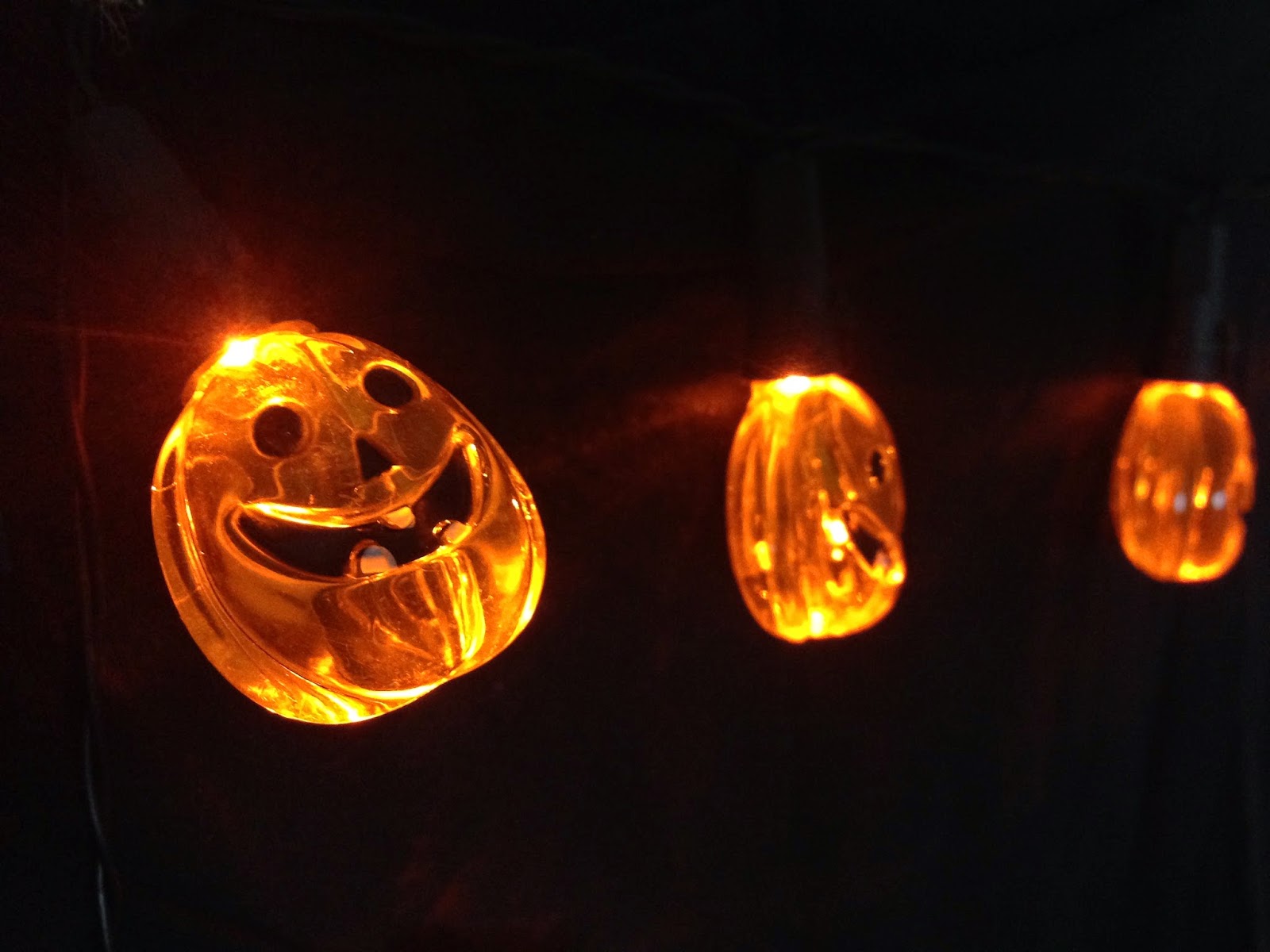The American holiday of Halloween has become one that, at times, is
hotly contested in Christendom; especially among evangelicals. Pastors
may preach 1 Thessalonians 5:22, “Stay away from every kind of evil,” or
even reference 1 Corinthians 10:21, “You cannot drink the cup of the
Lord and the cup of demons. You cannot share in the Lord’s table and the
table of demons,” in reference to not participating in Halloween
activities like ‘Trick or Treating.’ Without getting into the exegetical
understanding of these passages—though I cannot deny my heart has
greatly desired this (Galadriel, The Lord of the Rings)—I want
to point out a reminder on this Halloween: evil applies to much more
than the explicit imagery associated with Halloween.
I must caveat upfront that I am not going to take a stance on whether
or not you should let your kids participate in certain aspects of this
traditional American holiday. I have found some Christians believe it to
be a slippery slope, while others focus on redeeming the holiday. My
focus is quite different. I’m remembering a specific evil that upset
Jesus; not the overt imagery of horrors, but the evil that masquerades
as good, especially within the church.
In Matthew 23: 1-12, Jesus instructs the crowd that though they were
to listen to and observe the teaching of the religious leaders, they
were not to do as the religious leaders did. Why? The religious leaders
were merciless at holding people to burdens they could not bear. They
were unsympathetic and insecure. These leaders’ “good” deeds were
twofold: for show and for earning approval of men. They loved their
titles and desired to be recognized as great men of God. As the Holman
New Testament Commentary explains, these leaders had even fooled
themselves into believing they were righteous.
While none of the imagery above would fit into a traditional category
of Halloween, Jesus used imagery to describe these religious leaders,
which goes well with today’s holiday. He said, “Woe to you, scribes and
Pharisees, hypocrites! For you are like whitewashed tombs, which
outwardly appear beautiful, but within are full of dead people’s bones
and all uncleanness. 28 So you also outwardly appear
righteous to others, but within you are full of hypocrisy and
lawlessness.” (Matthew 23:27-28) Sure, on the outside, we may look the
part of upright and moral Christians because we say this or dress like
that, but what do our insides look like? Are we a spooky collection of
rottenness on the inside?
To keep in line with the holiday terms, which is scarier: the evil
imagery of decay and destruction that is obvious to the human eye or the
evil ideology which presents itself as the good and beautiful, and
therefore is not so obviously detected? Halloween traditions generally
communicate evil for what it is: that which is not good.[1] However, in our churches, and in our own lives, how much evil is masquerading as good?
Suggested resource: C.S. Lewis, The Screwtape Letters
“I live in the Managerial Age, in a world of “Admin.” The greatest
evil is not now done in those sordid “dens of crime” that Dickens loved
to paint. It is not done even in concentration camps and labour camps.
In those we see its final result. But it is conceived and ordered
(moved, seconded, carried, and minuted) in clean, carpeted, warmed and
well-lighted offices, by quiet men with white collars and cut
fingernails and smooth-shaven cheeks who do not need to raise their
voices. Hence, naturally enough, my symbol for Hell is something like
the bureaucracy of a police state or the office of a thoroughly nasty
business concern.”
[From the Preface]
― C.S. Lewis, The Screwtape Letters
[1] Note: I use “generally” because it could be argued that some evil things, like vampires, in 21st
century media are now being portrayed as good. As was the case with our
own kid, we were cautious about her exposure to this kind of material
until she was of an age to understand the themes represented of good and
evil.
So……how do we handle Hypocrites?


